Triphosa dubitata
(Linnaeus, 1758)
-
 Subfamily: Larentiinae, Triphosini (Rheumapterini)
Subfamily: Larentiinae, Triphosini (Rheumapterini) -
 Wingspan: 35-46 mm
Wingspan: 35-46 mm -
 Flight period: Jan - Dec
Flight period: Jan - Dec -
 Spread: Common
Spread: Common -
 Host plants: Rhamnaceae, Rosaceae
Host plants: Rhamnaceae, Rosaceae
Information
The Triphosa dubitata also called The Tissue is a moth of the Geometridae family, Larentiinae subfamily, with a wingspan of 35-46 mm,
although in rare cases smaller specimens with wingspan of 28–33 mm have been observed. ***
It is distributed in almost all of Europe, it is absent from Portugal and Ireland.
In Italy it is also present in Sicily. *
Its distribution includes the whole Palearctic region. Widely distributed from Europe to southern Siberia (with a gap between the Urals and the Russian Far East (Sinev 2008)),
from northern Turkey to the Caucasus, from western and northern China to Japan (Hausmann & Viidalepp 2012). ***
It is also present in north-western Africa. ****
The front wings of Triphosa dubitata have a grayish brown background color, have a slightly shiny appearance, and often have a purplish tinge.
Some transverse lines are visible on the front band on the back their intensity is weak. Black terminal line and clearly visible fringes, do not differ in color from the wings.
The hind wings, light brown in color, are serrated and edged with black, dotted lines departing from each "tooth" in the basic colors of the wing,
which disappear in the basal area of the wing.
Head and thorax in the background color of the front wings, while the abdomen is in the color of the hind wings.
Univoltine, with a very long generation, adults flicker from August to September depending on the latitude. This moth overwinters as an adult, usually frequenting caves with a preference for
the parts near the entrance, or where, in any case, the light is absent and the humidity and temperature conditions are already remarkably uniform and protect it from the cold winter, to re-emerge
of latitude from March to June.
This species is reported as subtroglophilous (Sensu PAVAN, 1944), wintering inside caves and natural cavities at the adult stage.
The adults feed on catkins (cluster inflorescences) of Salix and Buddleja (Heinicke & Müller 1976; Ebert 2001; Hausmann & Viidalepp 2012). ***
The eggs are laid in spring, are dull and knurled yellow / orange, and caterpillars can be observed from mid-May to early July.
The larvae are green with two large white / yellowish lateral lines, and four less defined dorsal lines, always white / yellowish in color.
The pupa is reddish brown.
The larva is oligophagous and feeds on Rhamnaceae (Rhamnus cathartica, Frangula alnus) and Rosaceae (Prunus spinosa, Crataegus).
* Lepidoptera mundi https://lepidoptera.eu/ - Fauna Europea https://fauna-eu.org/
** Bestimmungshilfe für die in Europa nachgewiesenen Schmetterlingsarten - http://lepiforum.de/
*** An integrative taxonomic revision of the genus Triphosa Stephens, 1829 (Geometridae: Larentiinae) in the Middle East and Central Asia, with description of two new species
- https://www.gbif.org/species/1969954/treatments
**** Lepidoptera and their ecology - http://www.pyrgus.de/
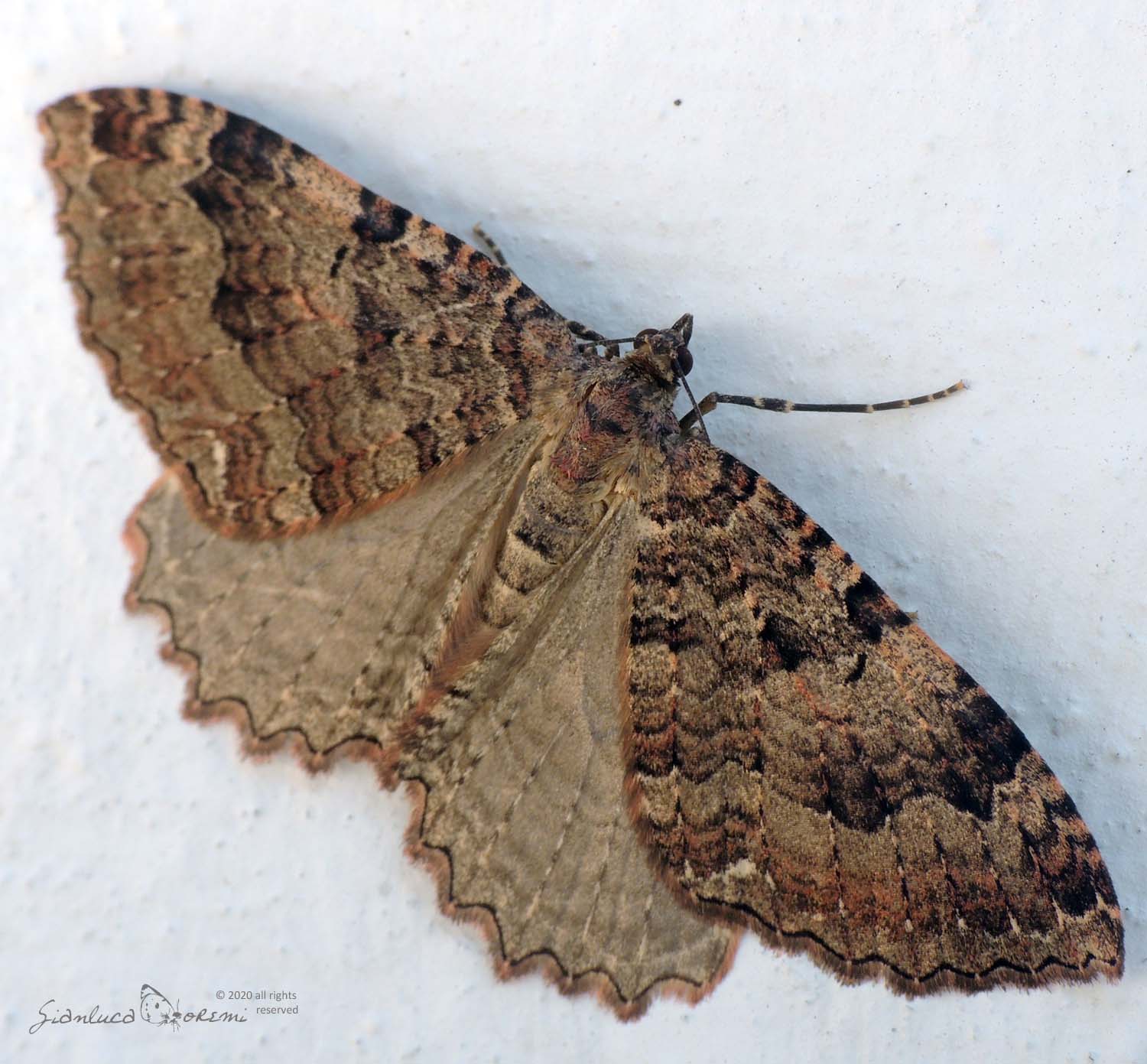
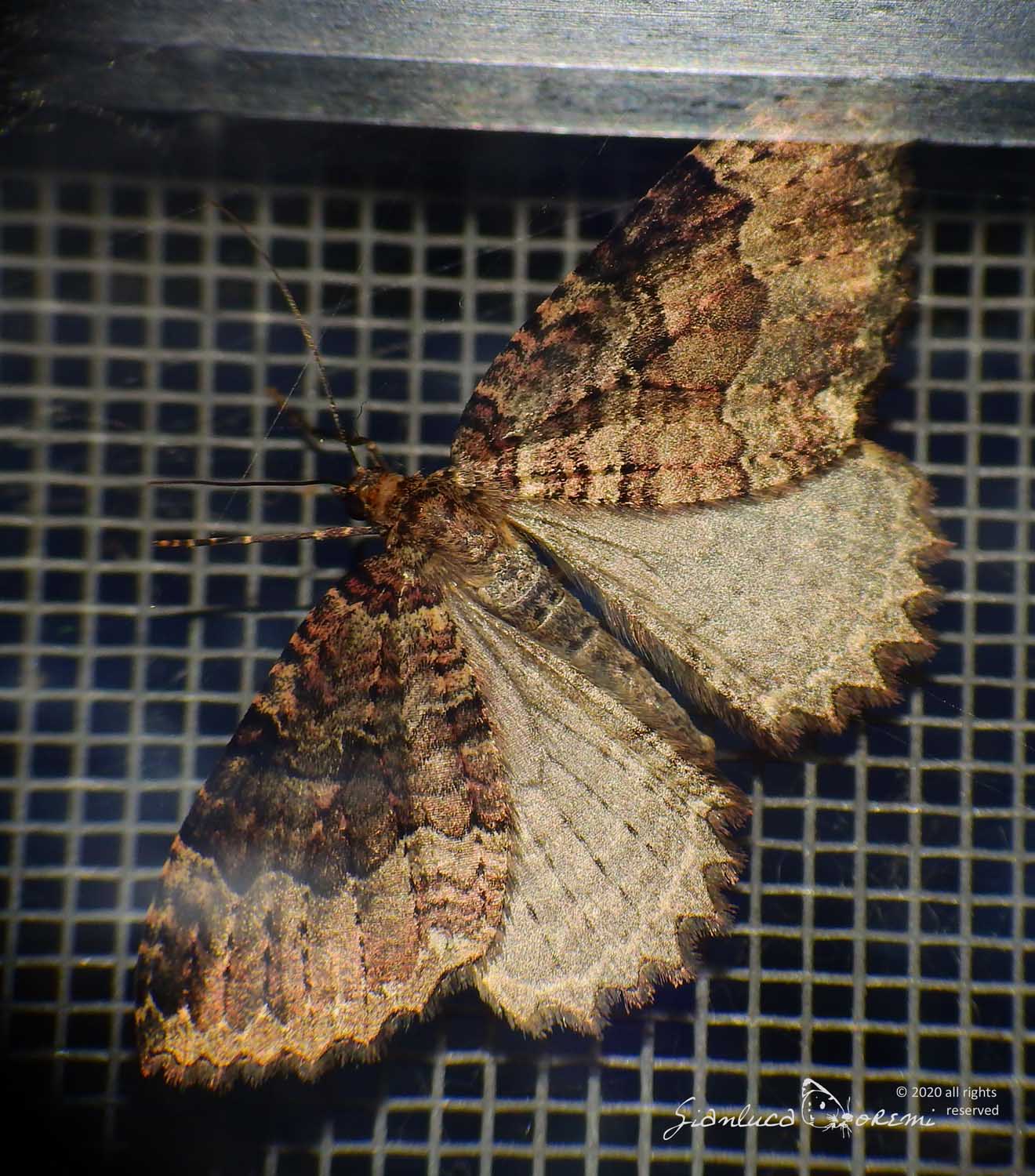

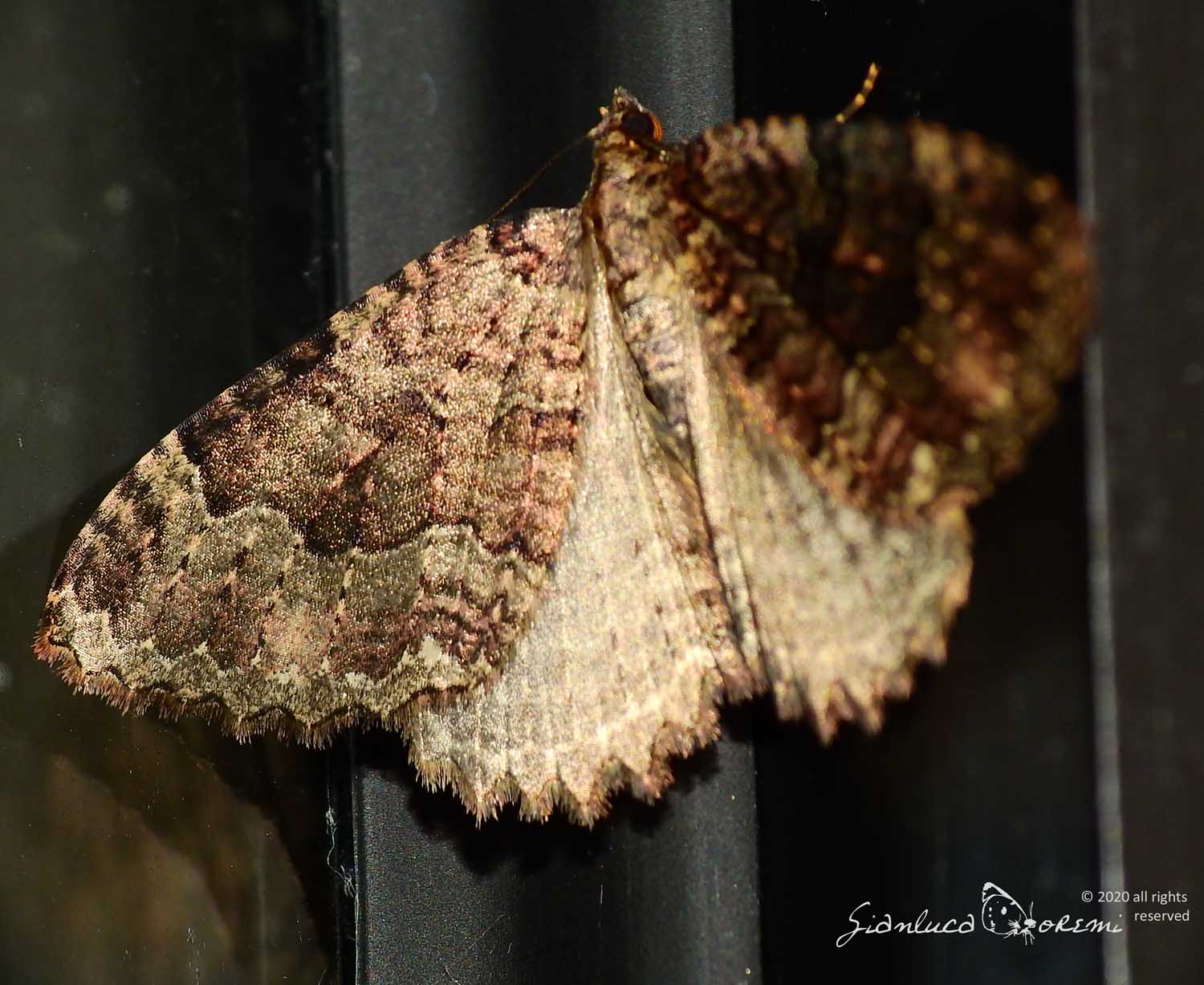

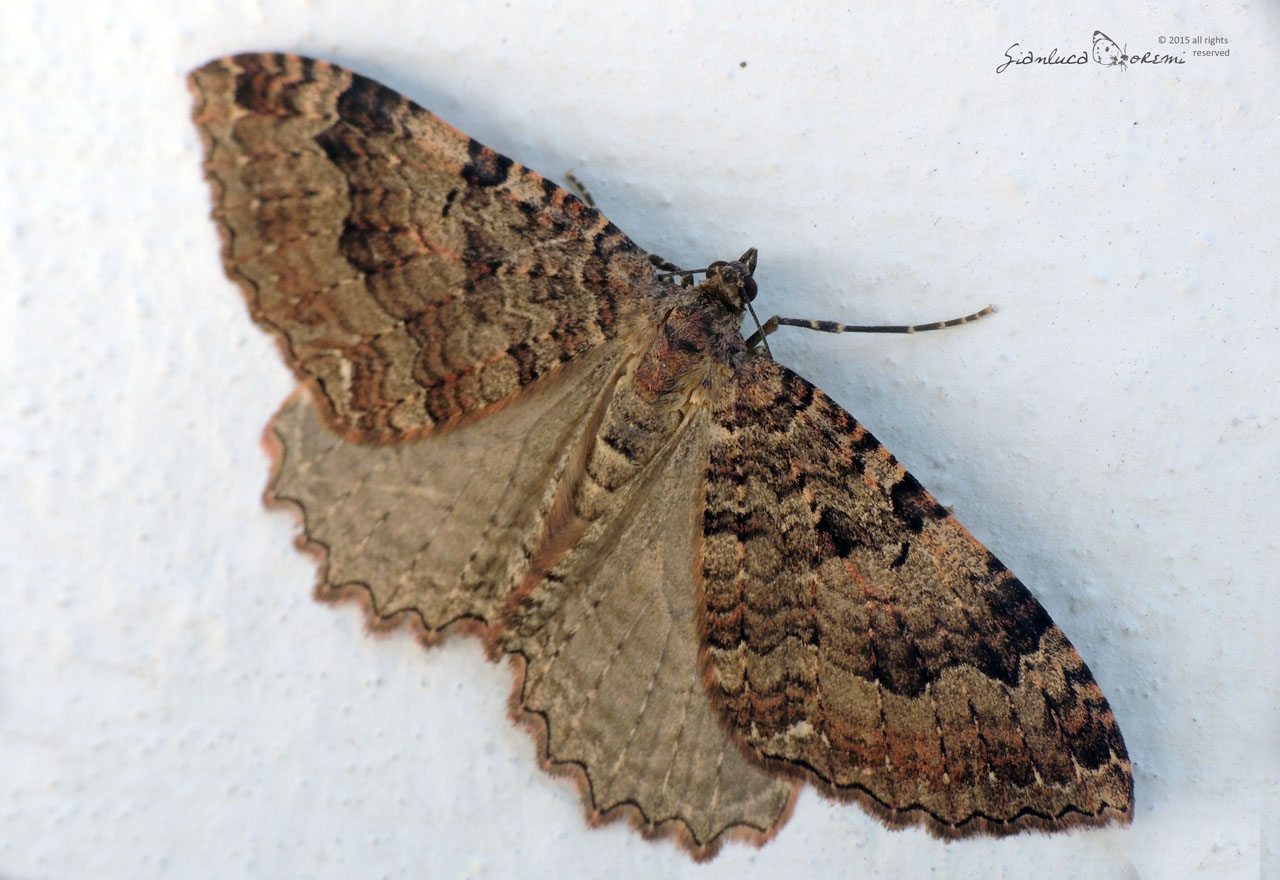

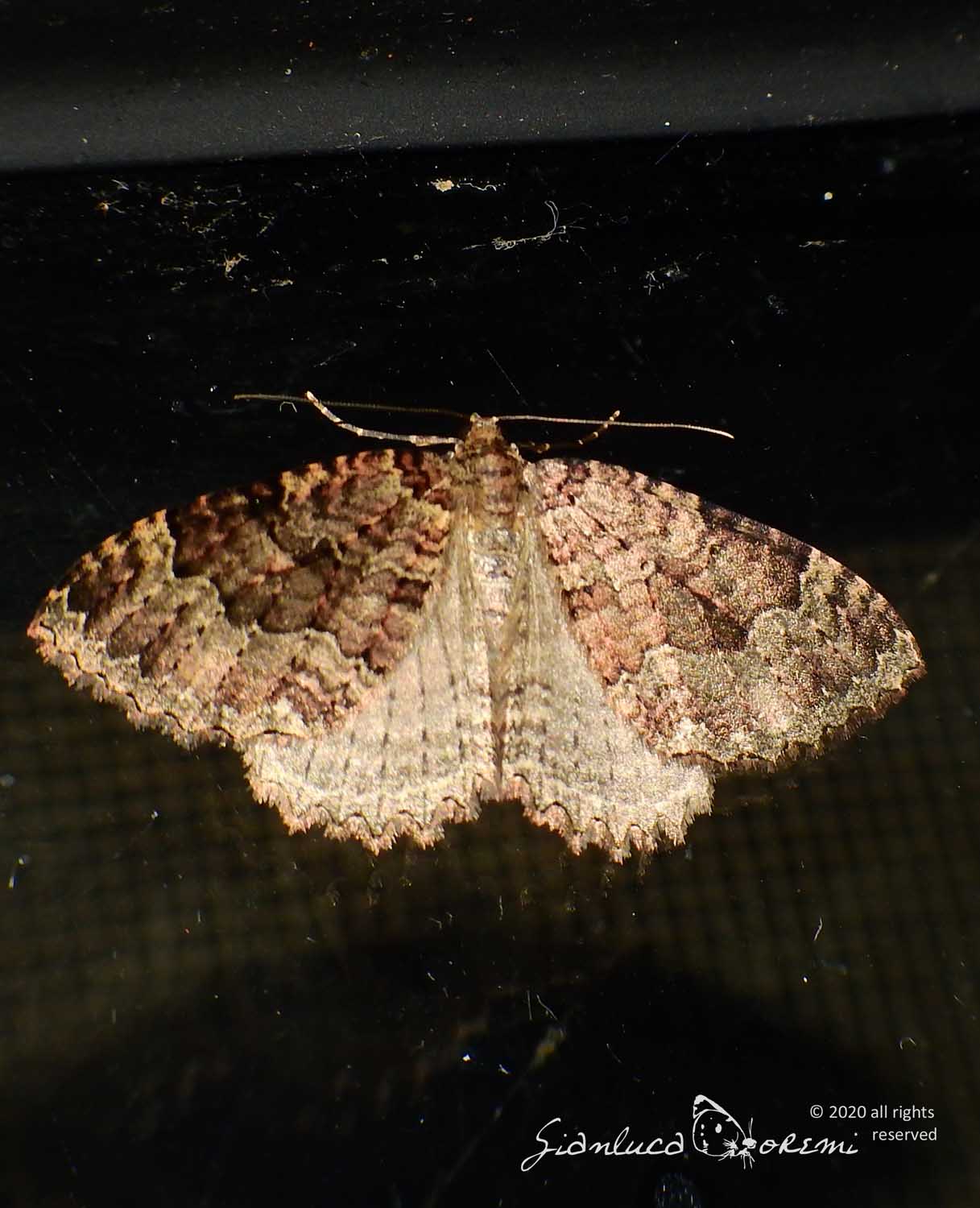

 EN
EN ITA
ITA
Social and publications